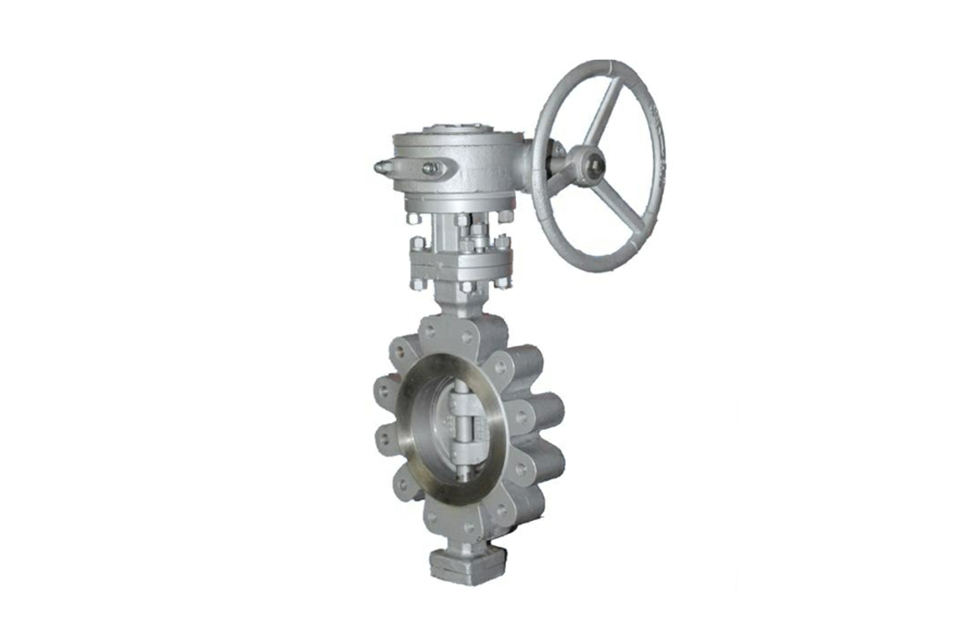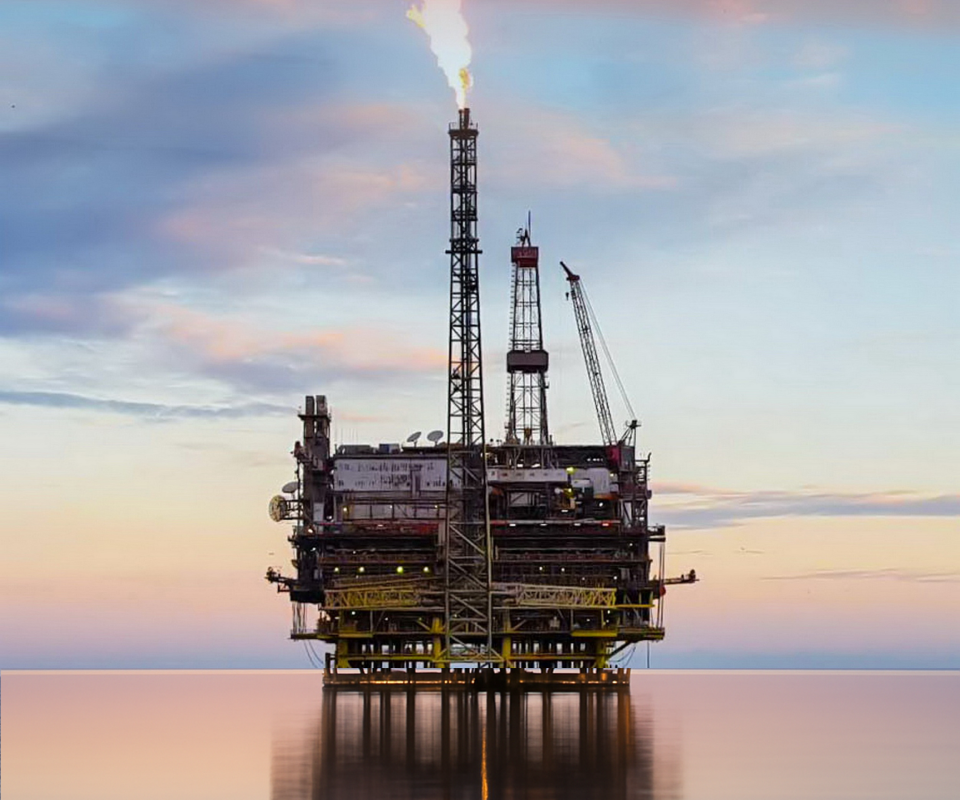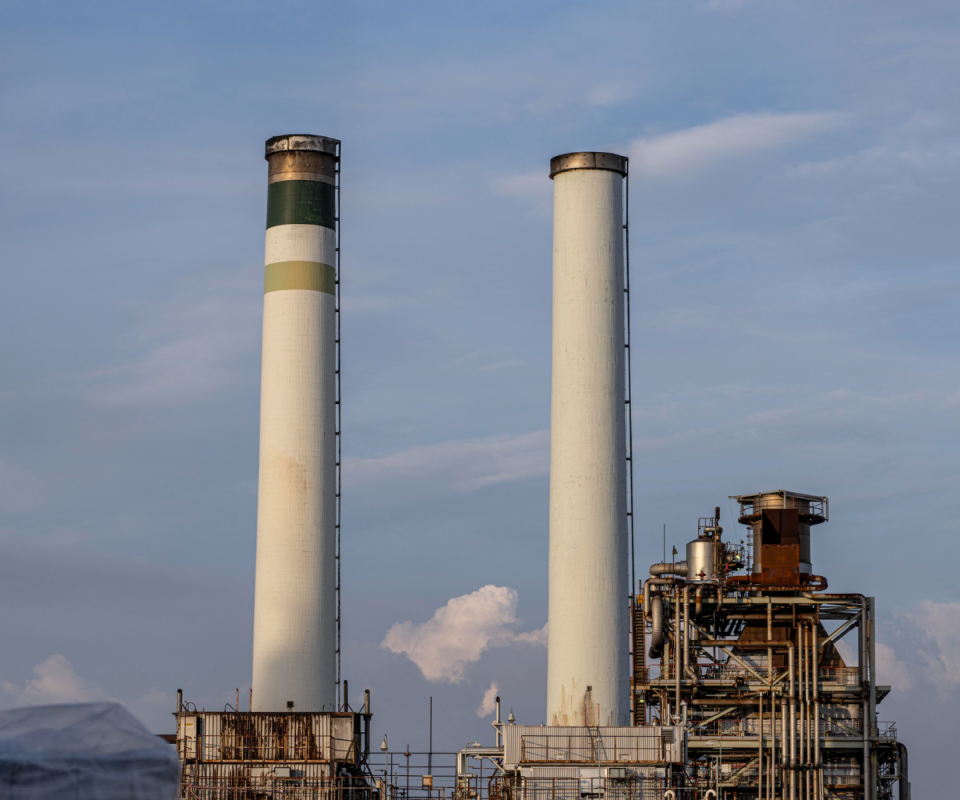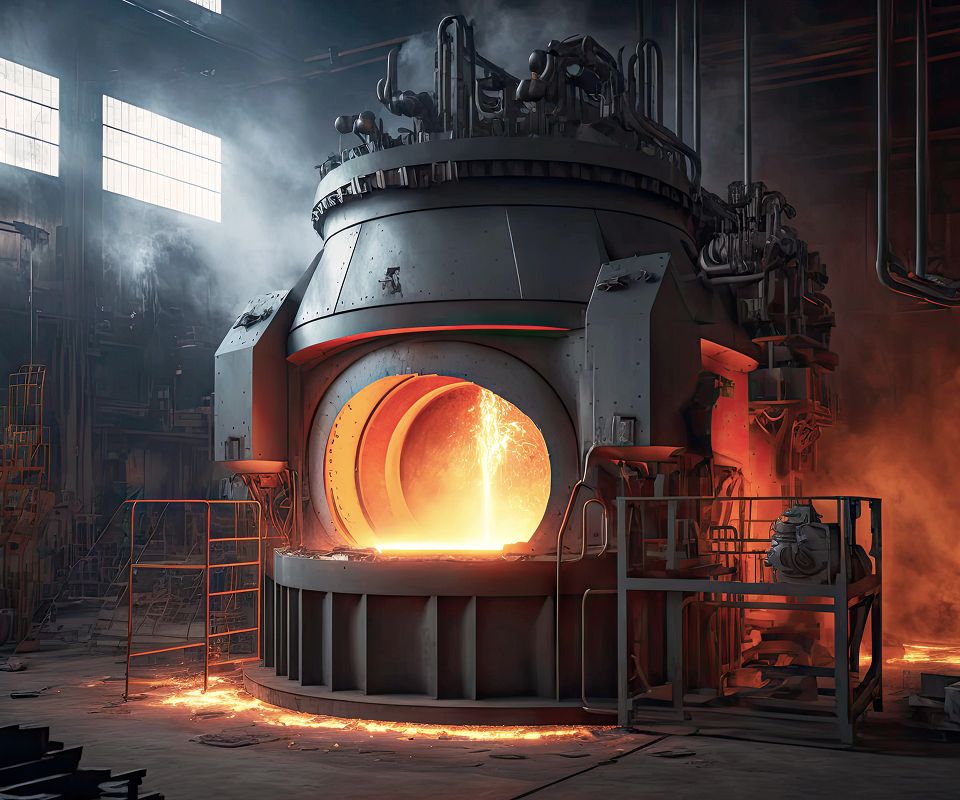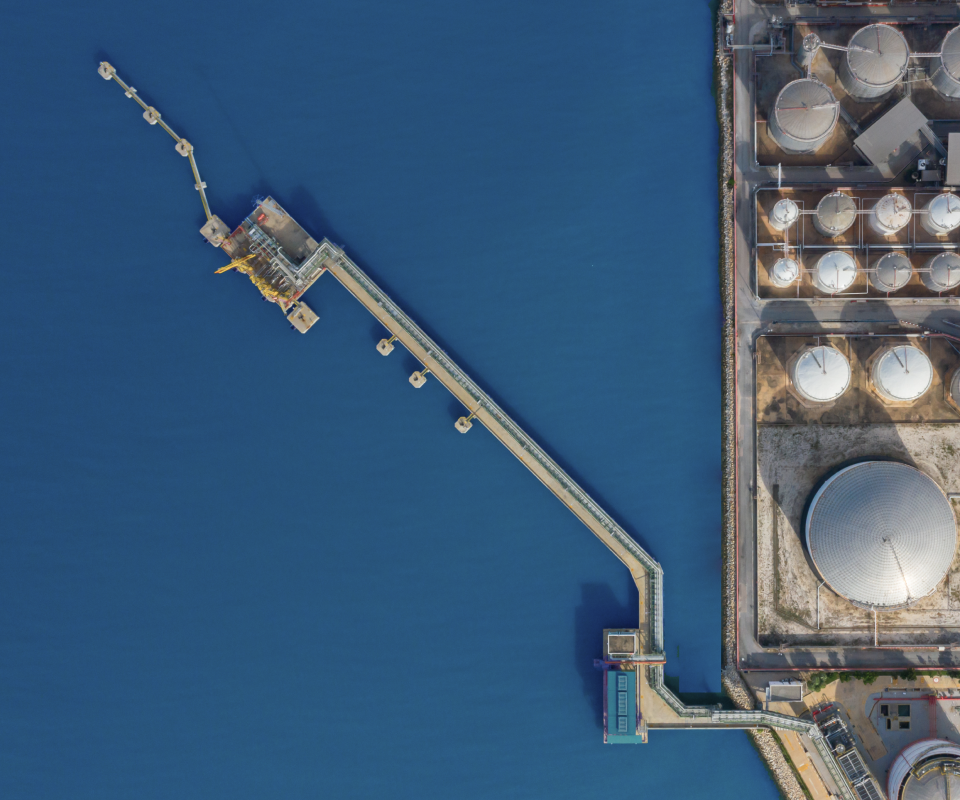MN815、 The main structural features of the 830 series butterfly valve are the clamp type and flange type three eccentric structure, while the main structural features of the 815 and 830L series butterfly valves are the valve body with protruding ears around the periphery and designed as a single flange structure with screw holes. 815 and 830 series butterfly valves are widely used in petroleum, chemical and industrial environmental water treatment, high-rise buildings, water supply and drainage pipelines. Its characteristics are: due to the use of a three eccentric structure, the sealing performance is reliable, ensuring that the butterfly plate does not contact the sealing seat when opening, eliminating uneven load on the sealing seat, extending its service life, ensuring reliable sealing performance, and having advantages such as high temperature resistance, wear resistance, and corrosion resistance.
Working principle
The American standard hard seal butterfly valve is a disc valve disc that rotates around the valve shaft to achieve opening and closing. It is mainly used for cutting off and throttling on pipelines. The opening and closing component is a disc-shaped butterfly plate that rotates around its own axis inside the valve body to achieve the purpose of opening, closing, or adjusting. The fully open and fully closed butterfly valve is usually less than 90 °.
Product Features
- Reasonable design, compact structure, easy assembly and disassembly, and convenient maintenance.
- Adopting an eccentric structure reduces the friction of the sealing ring and extends the service life of the valve.
- Completely sealed with zero leakage, it can be used for ultra-high vacuum conditions.
- Replacing the valve plate sealing ring, butterfly plate, shaft and other materials can be applied to various media and different temperatures.
Adopting standards
- Design standard: API609-83
- Flange connection size: ANSI B16.5
- Structural length: ANSI B16.10-1992
- Pressure test: API598-82
(1) Before installation, check that the product model, tag number, and specifications match the requirements. Inspect the entire valve for missing or loose parts.
(2) Prior to installation, clean the pipeline. Ensure there is sufficient straight pipe section at the valve inlet and install a filter. When connecting the valve body to the pipeline flanges, ensure coaxiality.
(3) Thoroughly clean the pipeline before installing the valve.
(4) The installation site should ensure the safety of personnel and equipment, facilitating operation, disassembly, and maintenance.
(5) The valve should be installed vertically upright on horizontal pipelines. If necessary, it can be installed at an angle, but horizontal installation should be avoided. For occasions with heavy valve weight or vibration, use a support frame.
(6) The medium flow direction must align with the arrow on the valve body. The air supply should be dry and oil-free. The valve should be used in environments with temperatures ranging from -20℃ to 55℃.
(1) Cleaning the Valve: For general media, cleaning with water is sufficient. For media harmful to health, first understand their properties and then select an appropriate cleaning method.
(2) Disassembly: Remove rust from exposed rusted parts first. Before derusting, protect the machined surfaces of precision parts such as the valve seat, valve plug, valve stem, and push rod. Use special tools when disassembling the valve seat.
(3) Valve Seat: Minor rust or wear on the sealing surface can be repaired by machining. If damage is severe, replace the seat. However, both repaired and replaced hard sealing surfaces must be lapped.
(4) Valve Stem: If the surface is damaged, it must be replaced.
(5) Damage to Push Rod, Guide, and Sealing Surfaces: Reverse-acting actuators must be replaced; direct-acting actuators can be reused after proper repair.
(6) Compression Spring: If there are cracks or other defects affecting strength, replace it immediately.
(7) Wear Parts: Packing, gaskets, and O-rings must be replaced entirely during each maintenance. Check the valve plug and diaphragm for cracks, aging, or corrosion that may cause future failures. Decide whether to replace them based on inspection results, but the diaphragm service life should not exceed 2-3 years.
(8) When reassembling the valve, ensure alignment. Tighten bolts diagonally and lubricate sliding parts. After reassembly, debug the valve according to the factory test items and methods. During this period, accurately adjust the packing compression force and the valve plug closing position.
-
If the model has not been selected before ordering, please provide us with the operating parameters:
(1) Nominal diameter DN (mm);
(2) Nominal pressure (MPa or bar);
(3) Fluid properties (including medium temperature, viscosity, or acidity/alkalinity);
(4) Pressure before and after the valve (pressure differential);
(5) Requirements for flow characteristics;
(6) Materials of valve body and valve core;
(7) Connection type;
(8) Driving method (provide air supply pressure, driving voltage);
(9) Supporting accessories (for pneumatic valves, it is recommended that users install an air filter triplet and a 2-position 5-way solenoid valve);
(10) On-site working conditions. -
If the product model of our company has been selected by the design unit, please order directly from our production department according to the model;
-
When the application occasion is very important or the pipeline is relatively complex, please provide the design drawings and detailed parameters as much as possible, and our experts will review and check them for you.



